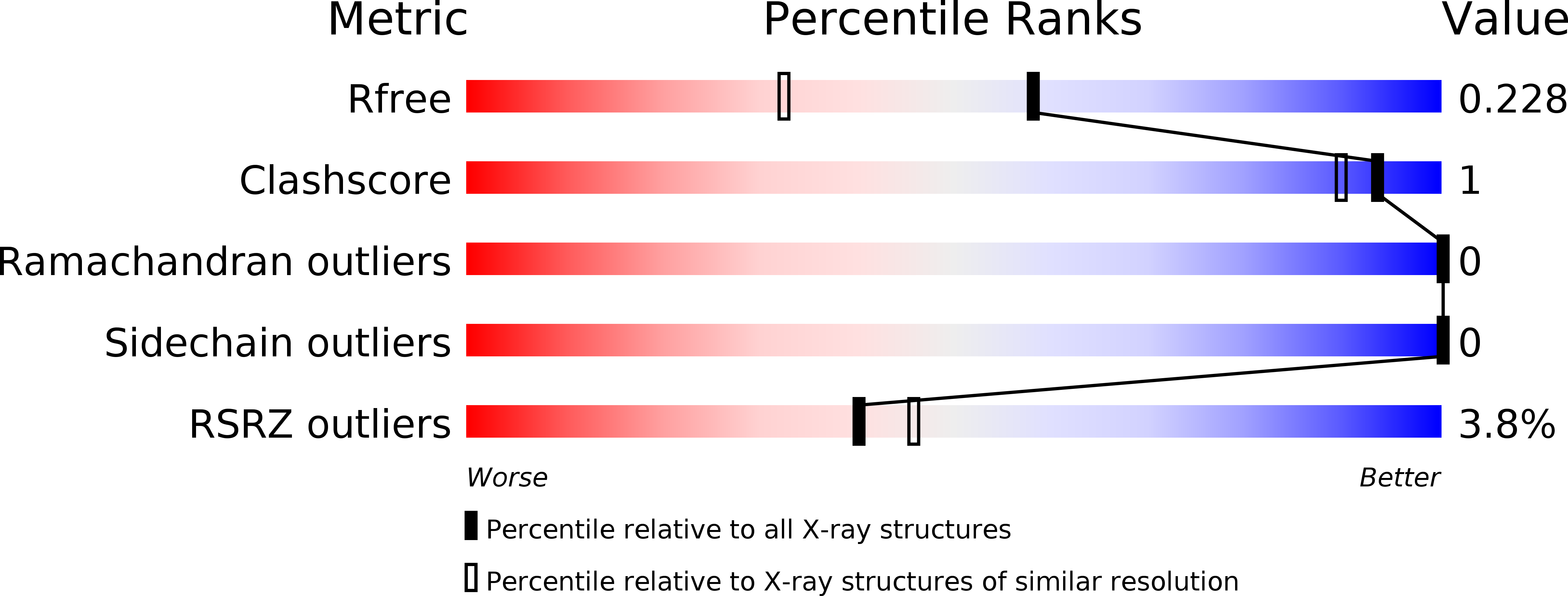
Deposition Date
2018-10-01
Release Date
2019-03-27
Last Version Date
2024-11-20
Entry Detail
PDB ID:
6MNH
Keywords:
Title:
ULK1 Unc-51 like autophagy activating kinase in complex with inhibitor BTC
Biological Source:
Source Organism:
Homo sapiens (Taxon ID: 9606)
Host Organism:
Method Details:
Experimental Method:
Resolution:
1.73 Å
R-Value Free:
0.22
R-Value Work:
0.18
R-Value Observed:
0.19
Space Group:
P 21 21 2


